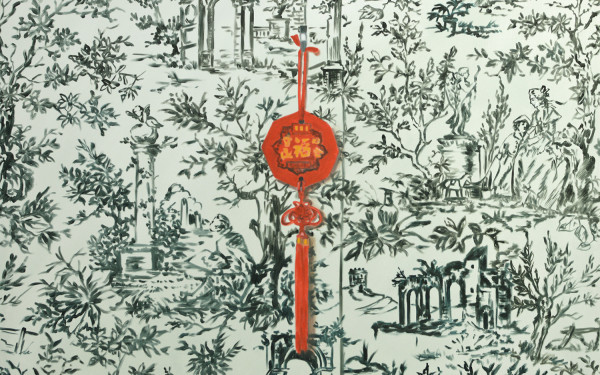‘Room’ Explored the Notion of Space at the Art Matters Festival
An Exhibit That Tackled How We Occupy and Navigate Our Surroundings
The first thing my body took note of as I entered Galerie Luz on March 13 was how soothing it felt to be engulfed by its suffocating, dry heat. I knew as I draped my long jacket over a stray chair that the rain drenching it would evaporate easily as I immersed myself in the exhibit.
Reporter Noemi Stella Mazurek visited the exhibition Room before Art Matters Festival’s activities were cancelled due to COVID-19.
Part of the Art Matters Festival, the exhibition Room dealt with how our bodies interact with their surroundings and move through space. A collage of different mediums displayed in three small rooms, the exhibit suggests that “it is our character that catalyzes how we interpret our surroundings and perform within them.”
My eyes were immediately drawn to two bulbous felt sculptures hanging from the ceiling, and a third dilapidated member of the same family in a heap on the floor—a piece by Tiana Atherton called body as a faulty vessel.
Perhaps a result of the grey, moody skies, I wanted to dislodge their fibrous covers and wrap myself in their wooly, warm-toned coziness.
RelatedHowever, dismantling art exhibits is not a socially acceptable way to go about visiting a gallery (as far as I’ve heard), so I comforted myself by weaving through the sculptures.
Atherton is inspired by nests built by insects, but she said that in many people, clustered holes incite a reaction of disgust. “The visual is somewhat disturbing and unsettling, but used here it shares a border with safety and sensuality,” wrote Atherton.
In the next section of the gallery, another piece not only invites, but forces viewers to interact with the art by entering it.
Space (AND) take by Lily Bennett Scharf is a photographic performance piece featuring 10 prints with handwritten explanations on their backs that dangle from the ceiling.
“The turning of the image forces the viewer to navigate their space in relation to themselves, the art, and those around them, furthering the exploration of what it means to take up space,” reads the piece’s caption.
Floorboards creaked beneath my feet as I navigated the piece, engrossed in its snapshots of the mundane but relatable tales of everyday life.
RelatedAdorning the walls on either side of both interactive art pieces were a series of photographs and collections of paintings. I got the sense that these aimed more to show, not tell the experience of engaging with a surrounding. This resulted in the exhibit’s thematic thread getting a little loose and blurry at times. Something I hoped the third and final room might clarify, but ultimately failed at.
The back most section of the gallery was inhabited by a single, three-dimensional architectural sculpture: Exodus by Armando Rivas.
According to Rivas, “this piece […] is a re-imagining of the possible physical and geometric harmonies that could have been, and possibly, may still be discovered if and when both (Spanish and historically established) cultures mutually recognize each and their own indispensable role in shaping the Latin American visual tradition.”
Standing alone, the delicate, wooden temple-like piece decorated with pyrography and adorned by melted candles invites viewers to walk around it.
However, how the piece related to the exhibit was lost on me. Thus, I quickly lost interest and became much more captivated by the cold breeze streaming in through the open window—a much more topical fluke installation that allowed viewers to peer out and watch passersby and vehicles interact in the space of the street below.
Room explored how we take up space and how space takes us up, posing the question “Are we one with space or are we consumed by it?” I felt my visit took its shape from the very sculptures I came to see. However, such a vague and dense topic left a few too many loose ends to tie up.

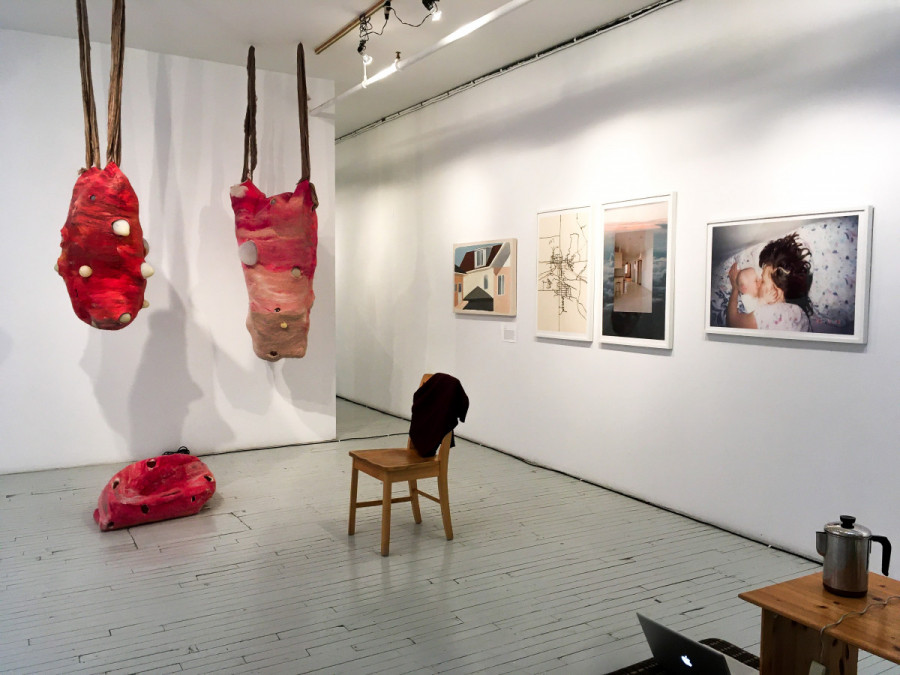
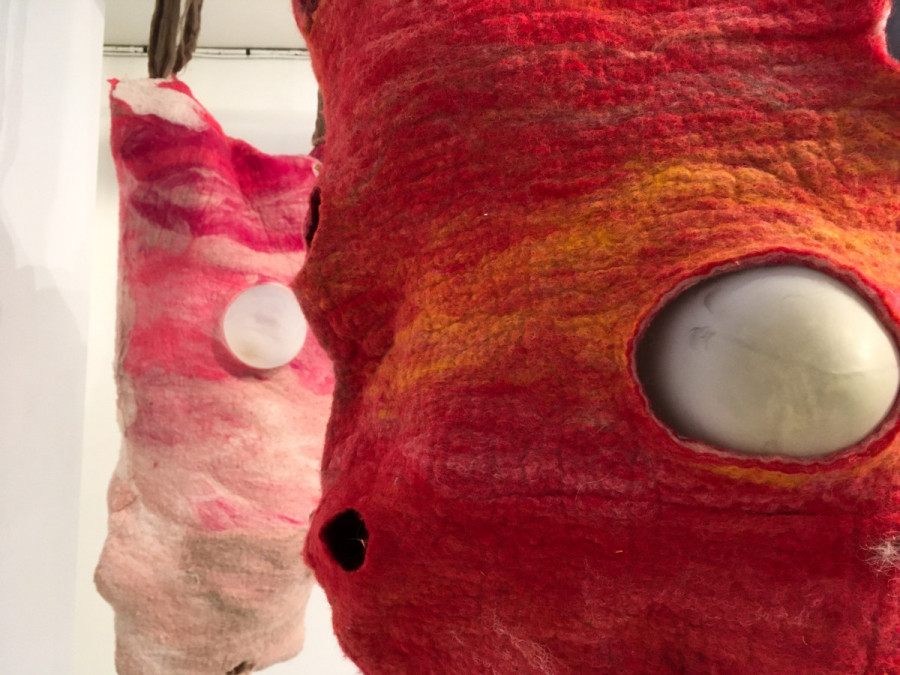

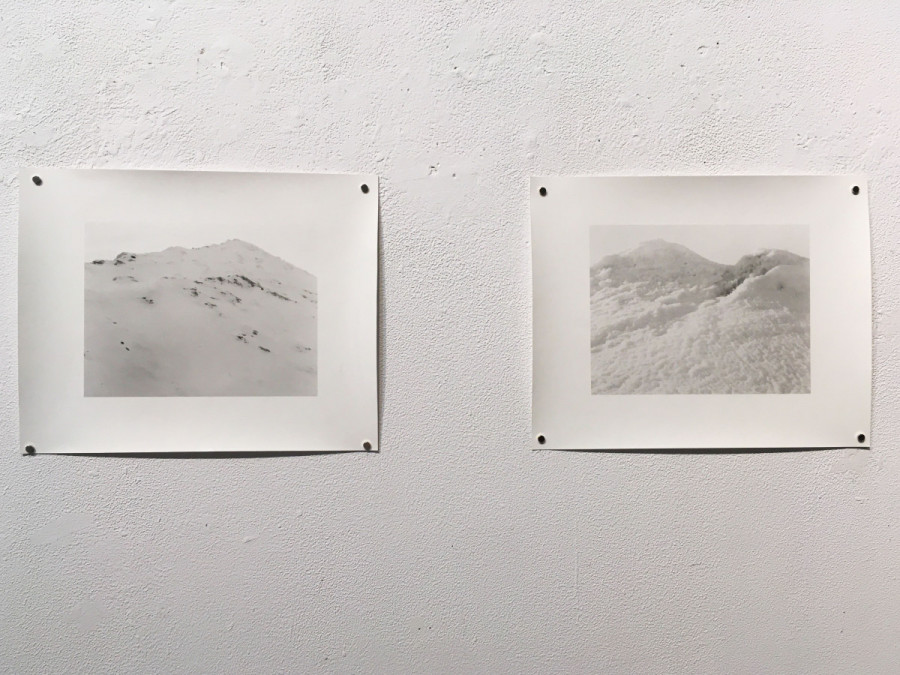
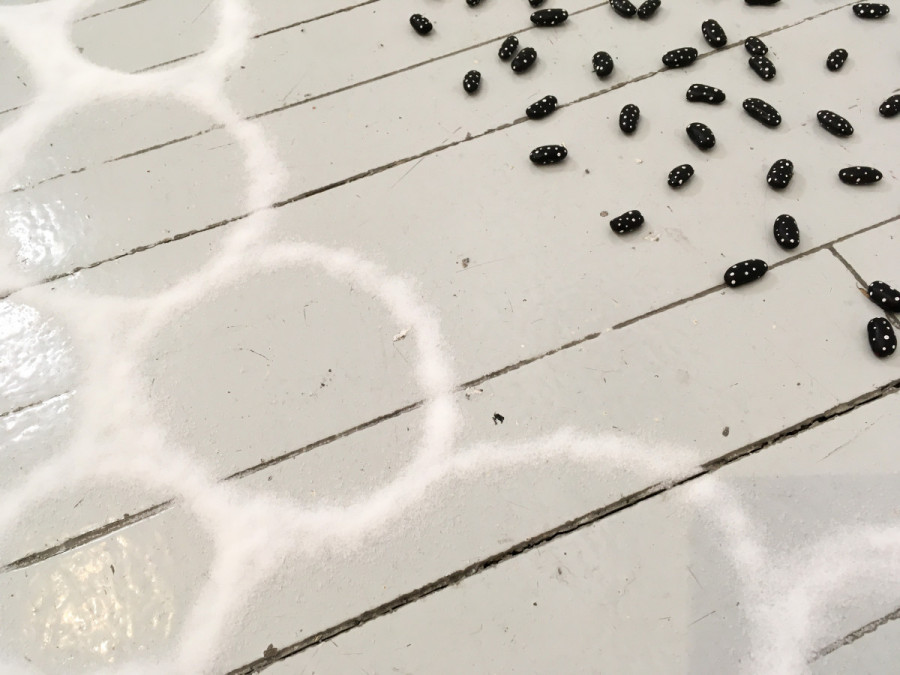
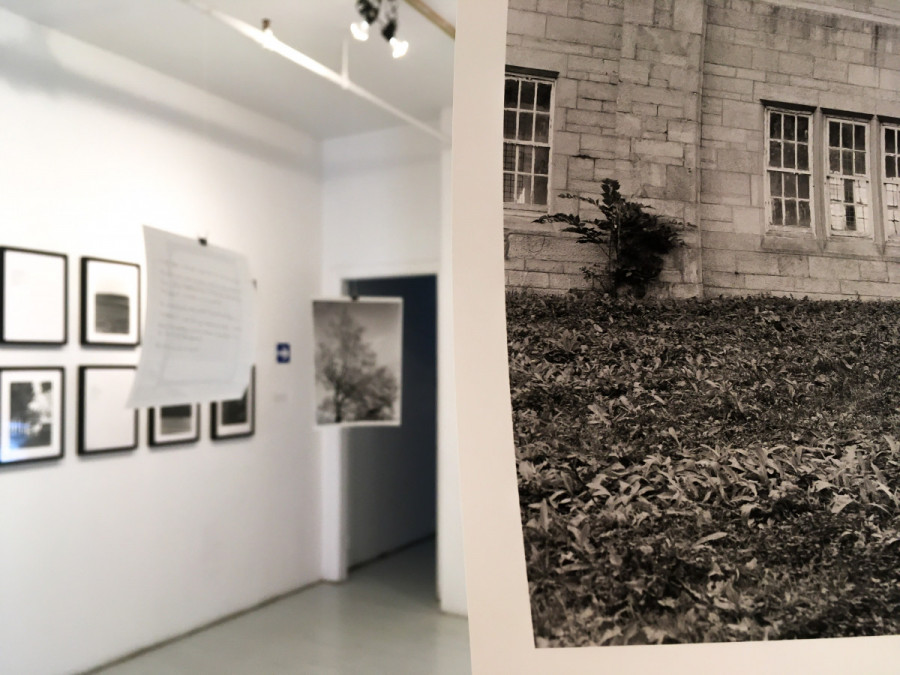
_600_832_s.png)

